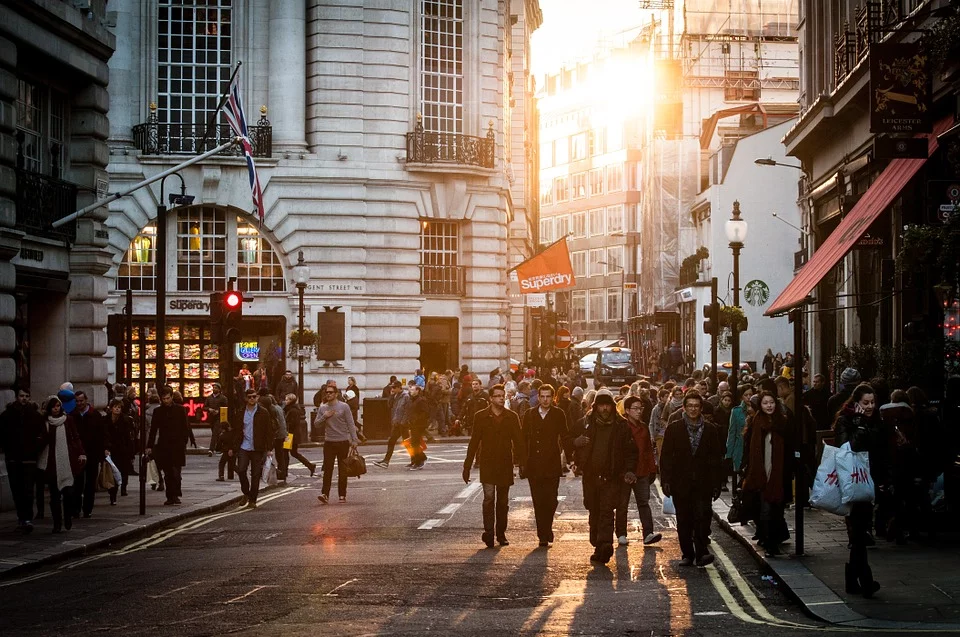UK consumer price inflation rises to 1.5% in April
Consumer price inflation more than doubled in April to a 13-month high of 1.5%, according to the latest figures released by the Office for National Statistics (ONS).

The figure is up from 0.7% in March and 0.4% in February.
Inflation was primarily lifted by higher fuel and energy prices compared to a year earlier. Also lifting inflation were prices for clothing, furniture and household goods. There was some downward pressure from recreation and culture prices.
Inflation continues to be limited by the temporary VAT cut for the hospitality and leisure sectors.
Core inflation rose to 1.3% in April from 1.1% in March and a six-month low of 0.9% in February.
There was evidence of an appreciable pick-up in pressures further down the inflation chain as a result of higher commodity prices and supply chain issues. Producer input prices rose 1.2% month-on-month (m/m) and 9.9% year-on-year (y/y) in April after y/y increases of 6.4% in March and 3.2% in February.
Meanwhile, producer output prices rose 0.4% m/m and 3.9% y/y, up markedly from y/y increases of 2.3% in March and 1.1% in February.
Further rises in consumer price inflation are highly likely. Unfavourable base effects resulting from the fall in oil prices in early 2020 will continue to provide upward pressure, and some of the increased input prices are likely to be passed on.
An expected robust recovery from Q2 2021 will also likely have some upward effect on inflation, as will the wind-down of the temporary VAT cut for the hospitality and tourism sectors – this will be diluted to 12.5% from 5% at the end of September.
Howard Archer, chief economic advisor to economic forecaster the EY ITEM Club, said: “Further rises in consumer price inflation are highly likely after April’s increase. Unfavourable base effects resulting from the fall in oil prices in early 2020 will continue to have a have an appreciable upward impact. This will be magnified by oil prices trading at their highest level for 13 months during March, and some of the increased input prices are likely to be passed on. An expected robust recovery from the second quarter will also likely have some upward impact on inflation.
“Indeed, there was evidence of an appreciable pick-up in pressures further down the inflation chain in April as a result of higher commodity prices and supply chain issues. Producer input prices rose 1.2% month-on-month and 9.9% year-on-year in April after year-on-year increases of 6.4% in March and 3.2% in February. Meanwhile, producer output prices rose 0.4% month-on-month and 3.9% year-on-year, up from year-on-year increases of 2.3% in March and 1.1% in February.”
He added: “Consequently, the EY ITEM Club sees consumer price inflation approaching – and possibly reaching – 2% by midyear and then rising to a peak around 2.7% in late-2021/early-2022.
“However, the EY ITEM Club does not expect inflation to sustain this level and expects it to ease back towards 2% as 2022 progresses given there will still be spare capacity in the economy and labour markets, while supply chain issues are likely to ease.”
Kevin Brown, savings specialist at Scottish Friendly, commented: “A dramatic surge in inflation has been coming ever since the UK economy shut down and we went back into lockdown.
“Pent-up spending demand has been building for months and now that restrictions have begun to ease inflation is starting to rise quickly. Policymakers hope the sudden uptick in consumer demand will be temporary and will burn itself out before they have to raise interest rates.”
He added: “But markets are understandably nervy as a significant inflationary shock could hurt many global stocks. The threat to everyday savers is that if inflation continues to rise exponentially, spending power drops as goods become more expensive and the value of cash savings reduce.
“The reality of low interest rates and rising inflation means it’s not logical to save in cash for the long-term as you’re effectively committing yourself to losses.
“One way to hedge against rising inflation would be to diversify your money into multiple assets. This might seem like a big step for those people that are new to investing but it can be done easily through a stocks and shares ISA and will give you the potential to generate above-inflation returns.”








